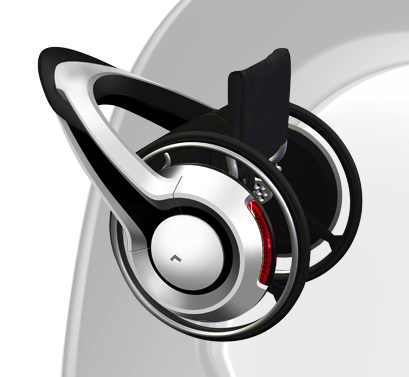I seem to keep hearing stories about how fancy new technologies will transform care for older persons. Living in the Bay Area, it is kind of uncool to not claim excitement about the possibilities.
So, I guess I will avoid admitting that I am just not getting jazzed up about the possibilities. I suppose one day something transformative will come along. But, what older people really need, especially those facing the disabilities and frailties of old age, is more high touch. Not high tech.
Here are a few ideas I have heard pitched over the past year that create a big yawn:
1) Monitoring Grandma and Grandpa:
I suppose many of you have heard this idea. You are worried about your older parent/grandparent, so you put sensors in their home. With home monitors, you can now get a text on your iPhone so you know what time Grandma has woken up, when she has eaten, whether she has taken her medicine, when she leaves the house, and when she comes back. If anything is amiss, you can take action.
Sounds good until you actually think about it. Problem is that most older people I know would absolutely hate this. Guess what: Most seniors don’t want to be treated like children by their children.
Come to think of it, we have experience with this idea in a non-Geriatric setting. Doesn’t this kind of sound like the electronic monitoring bracelets used for prisoners on house arrest?
2) The urine pH monitor:
Gotta love this one. Incontinent patients in nursing homes get lots of urinary tract infections (UTIs). So, how about putting a pH monitor in their undergarments? Now we will know when their urine pH falls so we can start them on antibiotics earlier.
Small problem: Nursing home patients often have bacteria in their urine. But treating asymptomatic patients does no good, but can do lots of harm. Nursing home patients with bacteria in their urine should only be treated if they have symptoms suggesting a UTI. This type of device will lead to massive over treatment and antibiotic related complications. This technology wonder will do nothing to help the problem of nursing home UTIs. Only members of the Clostridium Difficile Fan Club should like this idea.
3) VA Health Buddy:
This is an example of how a good idea can go bad. The VA Health System has pushed a device (often called the Health Buddy) that allows patients to monitor all sorts of things, such as blood pressure, more frequently. This is good for some patients. But the problem is that the VA made use of the Health Buddy a performance measures, leading to indiscriminate use of these devices. Many Geriatricians in the VA have grown to really dislike the Health “Buddy.” Patients get the device, and we start monitoring all sorts of things in a frail patient that do not need to be monitored.
In Geriatrics, our goal is to make patients’ health problems as little a part of their life as possible. This means we seek to manage their health problems with as little disruption to their lives as possible. But devices like the Health Buddy and other technologies make patients’ health problems as much a part of their lives as possible. Just the wrong direction.
There seems to be a flawed assumption that underlies many of these tech interventions: That more data on our patients is always good. But that is a very very wrong assumption. Not every data point on a patient requires action. By “finding things early” we often find things that would have caused no distress or harm to patients if left untreated. But, when we find asymptomatic “abnormalities” we may introduce harmful interventions that convert a non problem into a problem. And of course the mere collection of data can be intrusive. It may be easy to design devices to collect more data. The challenge is to intelligently think about what data need to be collected, and when it makes sense to do something about the data.
My advice to entrepreneurs and venture capitalists: Think high touch before high tech. What kinds of innovations will actually improve the quality of life of older people and make them feel better and promote social engagement? Think about this question before even thinking about technology. Then and only then, think about how your technology can promote high touch. Technology that promotes high touch is where the real innovation may lie-and your chance to prove us skeptics wrong.
by: Ken Covinsky @GeriDoc



